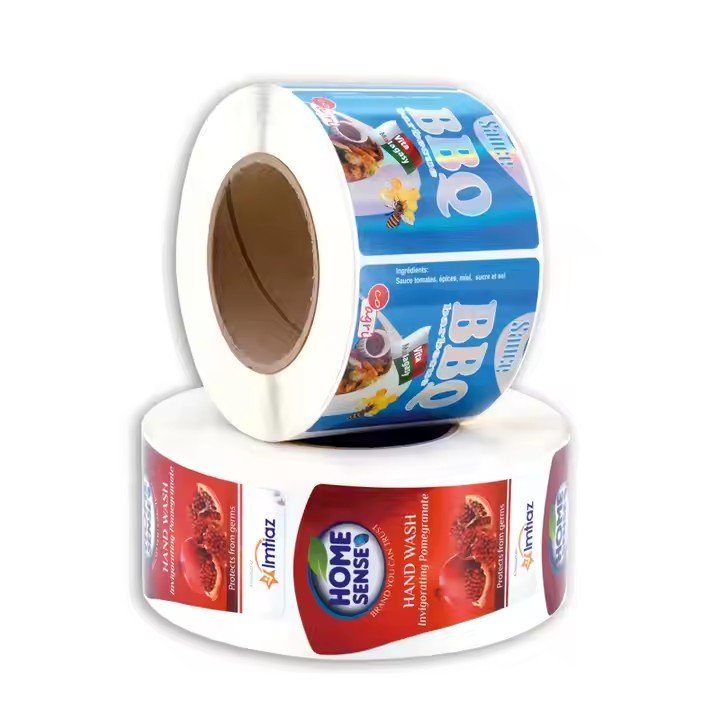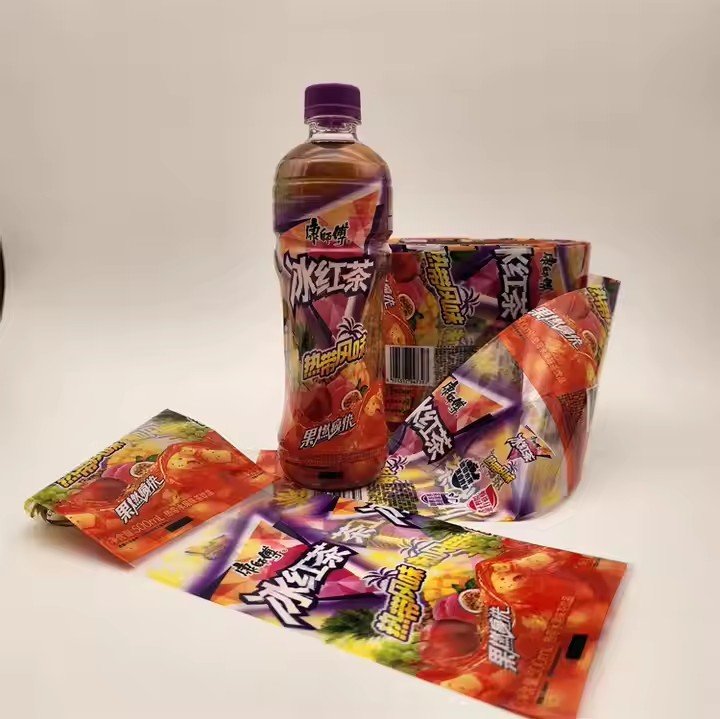I. Core Evaluation Criteria: What Makes a Label “Easy to Scratch Off”?
Whether a label is easy to scratch off mainly depends on three key properties. A material can be considered “scratchable” if it meets one or more of the following conditions:
Low Adhesion: The material bonds weakly with the substrate (e.g., plastic, glass, or metal), allowing it to detach with minimal force.
Low Toughness / High Brittleness: The material is rigid and brittle, lacking elasticity, so it tends to crack or flake off when scraped rather than stretch or curl.
Easy Decomposition: The material’s surface structure breaks down easily under light friction (such as from a fingernail or hard object), producing fine debris as it comes off.
II. Top 5 “Easy-to-Scratch” Label Materials and Their Characteristics
Different materials vary greatly in their scratchability. The following are the five most common “easy-to-remove” label materials, ranked from easiest to hardest to scratch off:
- Paper Labels (Most Scratchable)
Paper is the easiest label substrate to scratch off, especially untreated, uncoated paper.
Core Features: Soft texture, loose fiber structure, and weak adhesion to glue make it break easily into paper flakes during scraping.

Common Types:
Plain Writing Paper Labels: No coating; can be removed easily with a fingernail or card, leaving minimal residue.
Kraft Paper Labels: Thicker but rougher fibers make edges easy to lift; can be peeled with a small blade.
Applications: Temporary tags (e.g., price stickers, supplementary logistics labels) and disposable packaging (e.g., promotional food box labels).
Note: If the surface is coated with varnish or lamination, abrasion resistance increases significantly — the coating must be scraped off first.
- Thin PVC Film Labels (Easy to Scratch — Choose Low-Toughness Types)
The scratchability of PVC (polyvinyl chloride) film depends on its thickness and hardness; hard PVC less than 0.05 mm thick is easiest to remove.
Core Features: Hard PVC is brittle and lacks structural support when thin. When scraped with a hard object (like a key or knife), it cracks and peels off cleanly, often without glue residue.
Comparison: Softer than PET (polyester) but more brittle than PE (polyethylene). PET is too tough, PE too stretchable — thin PVC achieves a balanced “crisp break” feel when scraped.
Applications: Temporary model tags on electronics, decorative stickers on gift packaging.
Note: Avoid “soft PVC” with added plasticizers — its high flexibility makes it curl rather than flake off.

- Removable Adhesive Labels (Adhesive-Driven Scratchability)
These labels rely on low-tack adhesives rather than the substrate itself. The base material is usually paper or thin PP (polypropylene).
Core Features: Use of removable glue ensures only short-term adhesion. The label peels away with the adhesive layer intact and minimal residue, requiring little effort.
Difference from Regular Stickers: Ordinary stickers use strong permanent adhesives that often leave residue; removable types allow the substrate and adhesive to come off together.
Applications: Children’s toy stickers, temporary furniture protection labels, or note-style office labels.
Note: When applied to rough surfaces (like painted walls or textured wood), small glue particles may remain after removal and can be cleaned with alcohol wipes.
- Wax-Coated Labels (Scratchability from the Wax Layer)
These labels have a thin wax coating that provides low adhesion, allowing easy surface removal.
Core Features: The soft wax layer binds weakly to the base material; scraping removes the wax and the printed layer together with a smooth, clean motion.
Typical Forms: Common on wax-based products (candles, lipsticks) or disposable goods like soap packaging.
Applications: Wax product labeling, frequently replaced price tags (e.g., in supermarket fresh produce).
Note: Sensitive to high temperatures — above 40°C, the wax softens and adhesion temporarily increases, making removal harder. Wait for cooling before scraping.
- Thin PE Film Labels (Conditionally Scratchable)
PE (polyethylene) films are generally tough and flexible, making them harder to scrape off. However, ultra-thin films (<0.03 mm) on smooth surfaces (like glass or metal) can show limited scratchability.
Core Features: The lack of structural support lets edges lift easily; with some effort, the entire label can be peeled off. Scraping may stretch the film, but it will eventually detach.
Comparison: Provides more of a “peel” than a “scratch” experience — less crisp than paper or PVC but still manageable by hand.
Applications: Bottled water labels, beverage can outer wraps.
Note: Best for smooth surfaces; adhesion to rough textures causes the film to sink into gaps, greatly increasing removal difficulty.


